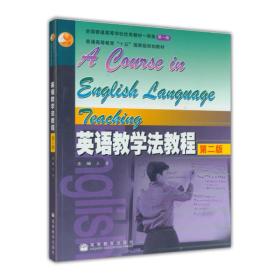
英语教学法教程 第二版
开学季大优惠 欢迎选购!
¥ 6 1.9折 ¥ 32 九品
库存180件
北京通州
认证卖家担保交易快速发货售后保障
作者王蔷 编
出版社高等教育出版社
出版时间2006-05
版次2
装帧平装
货号9787040186796
上书时间2024-08-21
- 在售商品 暂无
- 平均发货时间 9小时
- 好评率 暂无
- 最新上架
商品详情
- 品相描述:九品
图书标准信息
- 作者 王蔷 编
- 出版社 高等教育出版社
- 出版时间 2006-05
- 版次 2
- ISBN 9787040186796
- 定价 32.00元
- 装帧 平装
- 开本 16开
- 纸张 胶版纸
- 页数 342页
- 字数 570千字
- 正文语种 英语
- 丛书 普通高等教育“十五”国家级规划教材
- 【内容简介】
-
《英语教学法教程(第二版)/普通高等教育“十五”国家级规划教材》适用于师范院校英语专业学生,也可用于中学英语教师的继续教育课程和各类英语教师的在职培训课程。
本书共有18章,分别介绍了英语教学的基本概念、交际教学原则与任务型教学思想、国家英语课程标准、备课与编写教案、课堂管理方法、语言知识的教学方法、听说读写四项技能的教学、综合语言技能的教学、语言教学中的德育教育、教学评价、学习者个体差异与学习策略培养、教育资源与技术的开发利用,以及教材评价与使用。每章均配有大量练习,书后附录有部分参考答案。 - 【目录】
-
Unit 1 Language and Language Learning
1.1 How do we learn languages?
1.2 Views on language
1.3 Views on language learning and learning in general
1.4 What makes a good language teacher?
1.5 How can one become a good language teacher?
1.6 An ovewiew Of lhe book
Unit 2 Communicative Principles and Task-based Language Teaching
2.1 Language use in real life VS.traditional pedagogy
2.2 What is communicative competence?
2.3 Implications for teaching and learning
2.4 Principles of Communicative Language Teaching(CLT)
2.5 CLT and the teaching of language skills
2.6 Main features of communicative activities
2.7 Task—based Language Teaching(TBLT)
2.8 PPP and Task—based Language Teaching
2.9 How to design tasks?
2.10 Approp rjateness of CLT and TBLT in the Chinese context
2.11 Conclusion
Unit 3 The National English Curriculum
3.1 A brief history of foreign language teaching in China
3.2 Designing principles for the National English Curriculum
3.3 Goals and objeCtives of English language teaching
3.4 Design of the National English Curriculum
3.5 Performance standards for different levels of competence
3.6 Challenges facing English language teachers
3.7 Conclusion
Unit 4 Lesson Planning
4.1 Why is lesson planning important?
4.2 Principles for good lesson planning
4.3 Macro planning VS.micro planning
4.4 Components of a lesson plan
4.5 Sample lesson plans
4.6 Conclusion
Unit 5 Classroom Management
5.1 The role of the teacher
5.2 Classroom instructions
5.3 Student grouping
5.4 Discipline in the language classroom
5.5 Questioning in the classroom
5.6 Dealing with errors
5.7 Conclusion
Unit 6 Teaching Pronunciation
6.1 The role of pronunciation
6.2 The goal of teaching pronunciation
6.3 Aspens of pronunciation
6.4 Practising sounds
6.5 Practising stress and intonation
6.6 Conclusion
Unit 7 Teaching Grammar
7.1 The role of grammar in language learning
7.2 Grammar presentation
7.3 Grammar practice
7.4 Conclusion
Unit 8 Teachina Vocabulary
8.1 Understanding vocabulary and vocabulary learning
8.2 What does knowing a word involve?
8.3 Ways of presenting vocabulary
8.4 Ways of consolidating vocabulary
8.5 Developing vocabulary learning strategies
8.6 Conclusion
Unit 9 Teaching Listening
Unit 10 Teaching Speaking
Unit 11 Teaching Reading
Unit 12 Teaching Writing
Unit 13 Integrated Skills
Unit 14 Moral Learning
Unit 15 Assessment in Language Teaching
Unit 16 Learner Differences and Learner Training
Unit 17 Using and Creating Resources
Unit 18 Evaluating and Adapting Textbooks
Final Remarks
APPENDIX 1:Solutions to Tasks
APPENDIX 2:Reading Texts for Unit 11
APPENDIX 3:Glossary
References
点击展开
点击收起
— 没有更多了 —
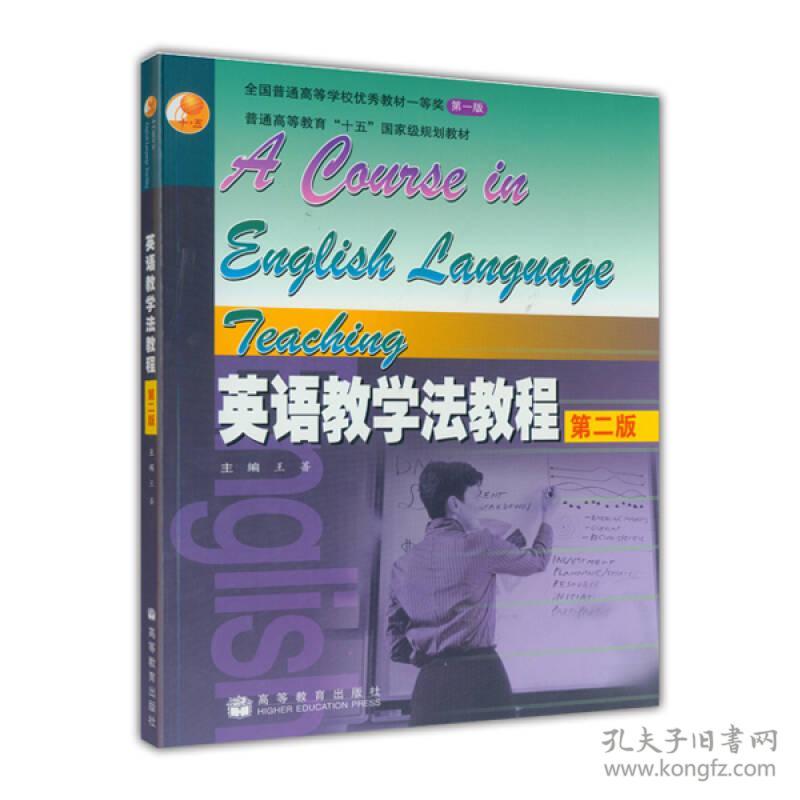



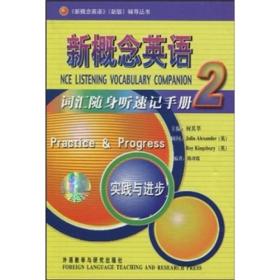
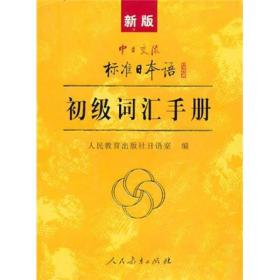

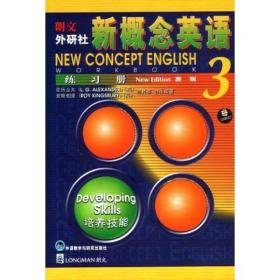
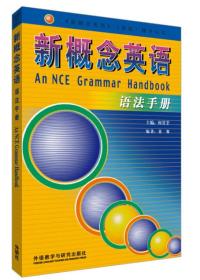
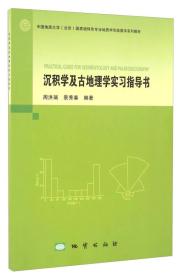
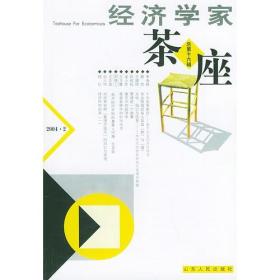

以下为对购买帮助不大的评价